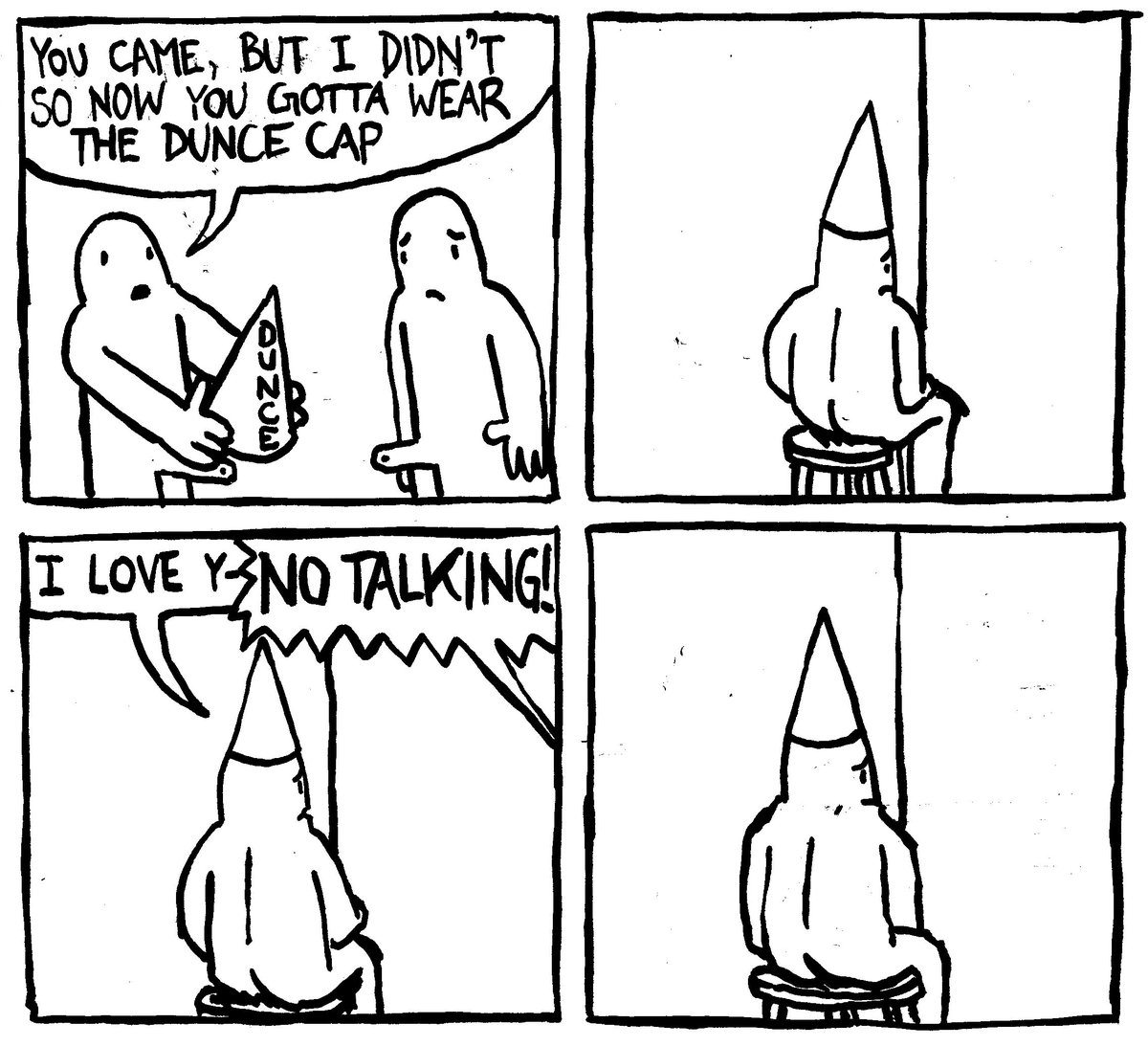Let’s talk about something that’s been making waves across social media circles lately – nude on Twitter. Whether you’re a casual user or an avid follower of internet trends, this topic has definitely popped up in your timeline at some point. The conversation around nudity on platforms like Twitter is more complex than you might think. It’s not just about freedom of expression versus censorship; it’s also about navigating the fine line between art, activism, and what could be considered inappropriate content.
Twitter has always been a platform where people express themselves freely, but when it comes to nudity, things can get tricky. Some users argue that nudity is a form of artistic expression, while others believe it crosses boundaries and should be restricted. As we dive deeper into this topic, we’ll explore the rules, debates, and everything in between.
Before we go any further, let me clarify one thing: this isn’t just about salacious content. It’s about understanding the policies, the cultural implications, and how users navigate these waters. So buckle up because we’re about to break it all down for you in a way that’s easy to digest yet packed with insights.
Read also:Lauren Alexis Onlyfans The Ultimate Guide To Her Rise Content And Success
Table of Contents
- Introduction to Nude on Twitter
- Twitter's Policies on Nudity
- The Cultural Impact of Nude Content
- Art vs. Censorship: Where Do We Draw the Line?
- Legal Implications of Sharing Nude Content
- Platform Responsibility: What’s Twitter’s Role?
- From a User’s Perspective: What Do People Think?
- Alternatives for Sharing Nude Content
- Future Directions: Where Is This Headed?
- Conclusion: What You Need to Know
Introduction to Nude on Twitter
So here’s the deal, folks. When we talk about nudity on Twitter, we’re not just talking about random images popping up in your feed. We’re discussing a broader conversation around freedom of speech, artistic expression, and the platform’s responsibility to create a safe space for its users. Twitter, like many social media platforms, walks a tightrope between allowing creative freedom and maintaining community standards.
Twitter’s approach to nudity has evolved over the years. Initially, it was pretty strict – no nudity allowed, period. But as the platform grew, so did the voices calling for more nuance. Artists, activists, and even everyday users began questioning why certain forms of nudity were banned while others were acceptable. This led to a reevaluation of policies and a more nuanced approach to content moderation.
Now, before you jump to conclusions, let’s clarify: not all nudity is created equal. There’s a difference between a piece of art featuring nudity and a lewd image shared without consent. Understanding this distinction is key to grasping the complexities of the issue. In the next section, we’ll dive deeper into Twitter’s policies on nudity.
Twitter's Policies on Nudity
What’s Allowed and What’s Not?
Twitter’s policies on nudity are pretty straightforward, but there’s always room for interpretation. According to their guidelines, nudity is generally not allowed unless it falls under specific categories such as artistic expression, scientific discussion, or news reporting. But here’s the catch – even within these categories, there are rules.
For instance, if you’re sharing a painting or sculpture that features nudity, it’s likely to be okay. However, if the same image is shared in a way that’s considered exploitative or offensive, it might still get flagged. It’s all about context, folks. And that’s where things can get a little murky.
Let’s break it down with some examples:
Read also:Trippie Bri Leaked Onlyfans The Untold Story You Need To Know About
- Artistic Expression: Nude portraits by renowned artists are generally allowed.
- Scientific Discussion: Images used in the context of anatomy or biology are acceptable.
- News Reporting: Photos from protests or historical events that include nudity may be permitted if they add value to the story.
How Does Twitter Enforce These Rules?
Twitter relies on a combination of automated systems and human moderators to enforce its policies. While AI can detect explicit content pretty effectively, it’s not always perfect. That’s why human moderators step in to review flagged content and make the final call.
But here’s the kicker – enforcement isn’t always consistent. Some users might get away with posting borderline content, while others get suspended for similar posts. It’s a challenge that Twitter continues to grapple with as it strives to balance freedom of expression with community safety.
The Cultural Impact of Nude Content
Why Does Nudity Matter?
Nudity on social media isn’t just about pictures; it’s about cultural norms and societal values. In some cultures, nudity is seen as natural and even celebratory, while in others, it’s considered taboo. Twitter, being a global platform, has to navigate these differences carefully.
Take, for example, the feminist movement. Many activists use nudity as a form of protest, challenging societal norms and advocating for body positivity. These images often spark important conversations but can also lead to backlash from those who view them as inappropriate.
From a cultural standpoint, nudity on Twitter reflects broader societal trends. It’s a mirror of what we value, what we fear, and what we’re willing to accept. As these conversations continue, they shape not only Twitter’s policies but also our collective understanding of what’s acceptable in the digital age.
Art vs. Censorship: Where Do We Draw the Line?
Now, here’s where things get interesting. The debate between art and censorship is as old as time, but it’s taken on new dimensions in the age of social media. Artists argue that nudity is a powerful tool for self-expression and storytelling, while critics worry about the potential for exploitation and harm.
Twitter finds itself at the center of this debate. On one hand, it wants to support creative freedom and allow artists to share their work. On the other hand, it has a responsibility to protect its users from harmful content. So where do we draw the line?
Some suggest a more transparent system where users can opt into seeing explicit content if they choose to. Others propose clearer guidelines that define what constitutes artistic expression versus exploitative content. Whatever the solution, it’s clear that finding a balance is no easy feat.
Legal Implications of Sharing Nude Content
What Are the Risks?
While the ethical and cultural implications of nudity on Twitter are important, we can’t ignore the legal side of things. Sharing explicit content, especially without consent, can have serious legal consequences. Depending on the jurisdiction, it could be considered harassment, revenge porn, or even child pornography if minors are involved.
Twitter takes these issues seriously and has mechanisms in place to address them. Users can report harmful content, and Twitter will investigate and take action if necessary. But again, enforcement isn’t always perfect, and some users may slip through the cracks.
For those who choose to share nude content, it’s crucial to understand the risks. Even if the content is consensual, it could still lead to unintended consequences. That’s why many users opt for private platforms or encrypted messaging apps when sharing intimate content.
Platform Responsibility: What’s Twitter’s Role?
Can Twitter Do More?
As a platform with over 400 million active users, Twitter has a significant responsibility to ensure a safe and respectful environment. But how much responsibility should it bear? Some argue that Twitter should do more to protect its users from harmful content, while others believe that too much moderation stifles free speech.
Twitter has taken steps to improve its content moderation practices, including investing in AI technology and hiring more human moderators. But as the platform continues to grow, so do the challenges. Balancing freedom of expression with community safety is an ongoing process that requires constant adaptation.
Ultimately, Twitter’s role is to facilitate meaningful conversations while ensuring that its users feel safe and respected. Whether it’s through better enforcement of existing policies or the development of new tools, the platform has a responsibility to evolve with the times.
From a User’s Perspective: What Do People Think?
Voices from the Ground
To get a better understanding of the issue, we reached out to Twitter users from different backgrounds and perspectives. What we found was a diverse range of opinions. Some users praised Twitter for allowing artistic expression, while others criticized it for not doing enough to protect against harmful content.
Here’s what a few users had to say:
- Artist: “Twitter has given me a platform to share my work with the world. Without it, my art might never have reached such a wide audience.”
- Activist: “Nudity is a powerful tool for protest. It challenges societal norms and sparks important conversations.”
- Concerned User: “While I appreciate artistic freedom, I think there should be clearer guidelines to protect users from harmful content.”
These voices reflect the complexity of the issue. There’s no one-size-fits-all solution, but listening to users is a crucial step in finding the right balance.
Alternatives for Sharing Nude Content
For those who want to share nude content but are concerned about the risks, there are alternatives. Private platforms and encrypted messaging apps offer a safer way to share intimate content without the fear of it going viral. Some popular options include:
- Signal: Known for its end-to-end encryption, Signal is a great choice for private communication.
- Telegram: With features like self-destructing messages, Telegram offers a secure way to share content.
- OnlyFans: While primarily known for adult content, OnlyFans allows creators to share a wide range of content with paying subscribers.
These platforms offer a level of privacy and control that Twitter simply can’t match. For users who prioritize safety and discretion, they’re worth considering.
Future Directions: Where Is This Headed?
As we look to the future, it’s clear that the conversation around nudity on Twitter will continue to evolve. With advancements in AI, improved moderation tools, and a growing awareness of cultural differences, the platform has the potential to strike a better balance between freedom and safety.
But it’s not just up to Twitter. Users also have a role to play in shaping the future of social media. By engaging in respectful conversations, reporting harmful content, and supporting policies that promote safety and inclusivity, we can all contribute to a healthier online environment.
Conclusion: What You Need to Know
So there you have it – the lowdown on nudity on Twitter. It’s a complex issue with no easy answers, but one thing is clear: it’s a conversation worth having. Whether you’re an artist, an activist, or just a curious user, understanding the policies, cultural implications, and legal risks is key to navigating this terrain.
As we’ve explored, Twitter’s approach to nudity is evolving, and so are the tools available to users. From private platforms to encrypted messaging apps, there are options for those who want to share intimate content safely. But ultimately, it’s up to all of us – users, creators, and platforms alike – to work together to create a digital space that’s both free and safe.
So what’s next? We’d love to hear your thoughts. Leave a comment, share this article, or check out some of our other content. Together, let’s keep the conversation going.


